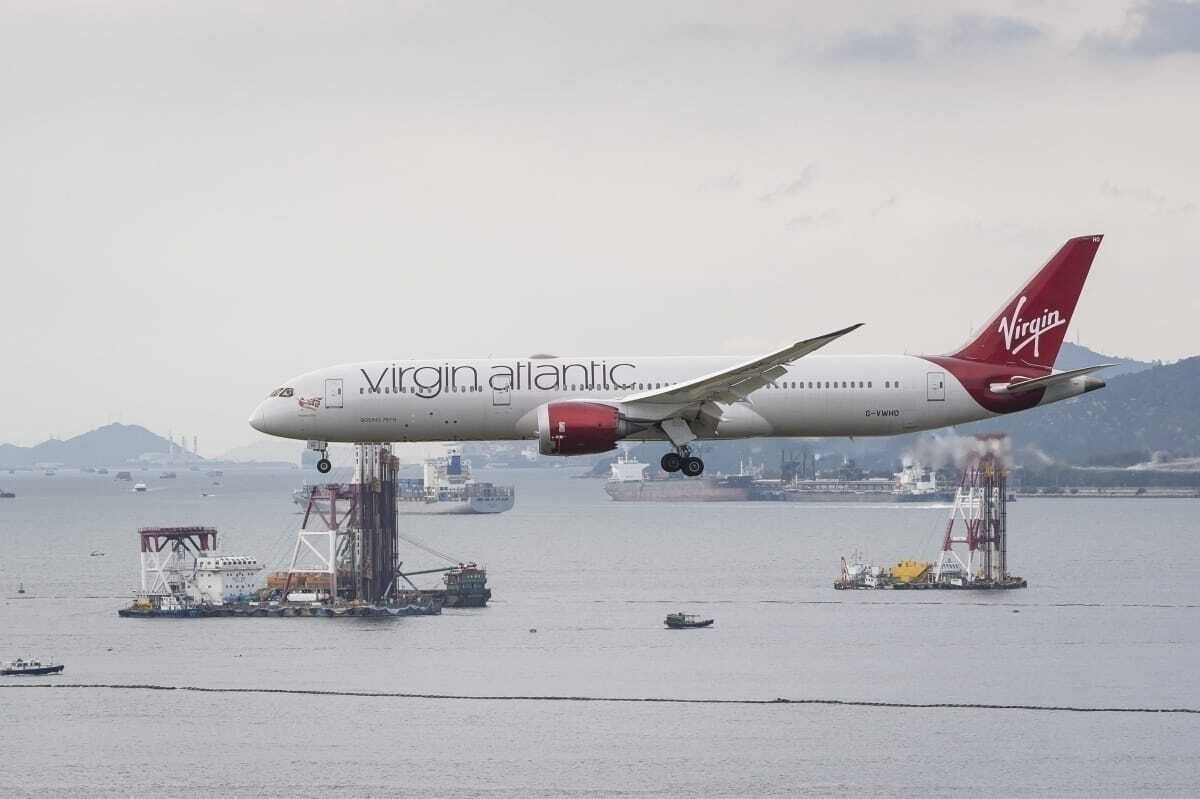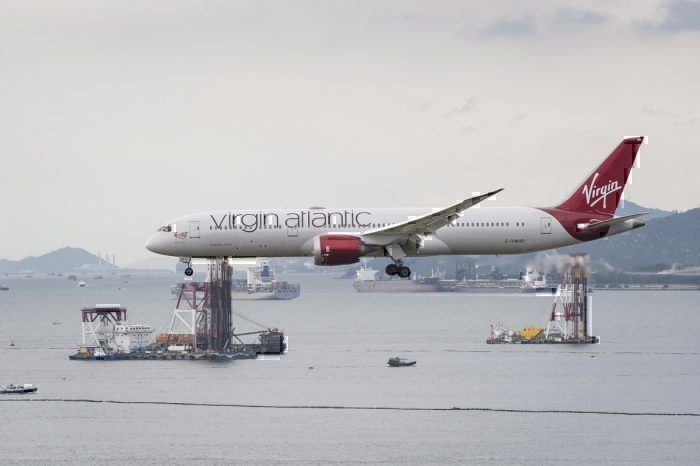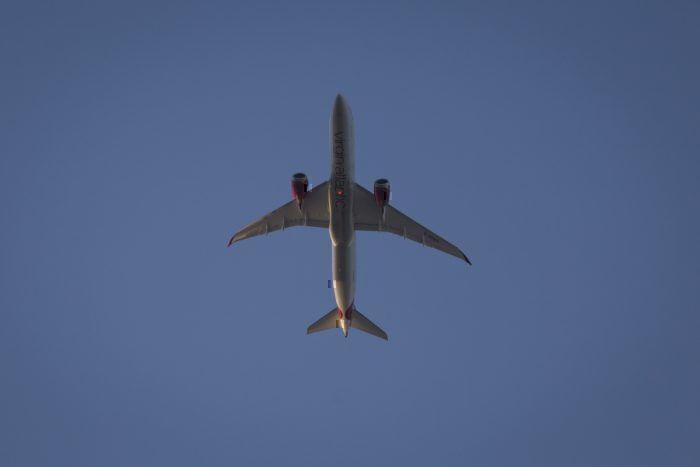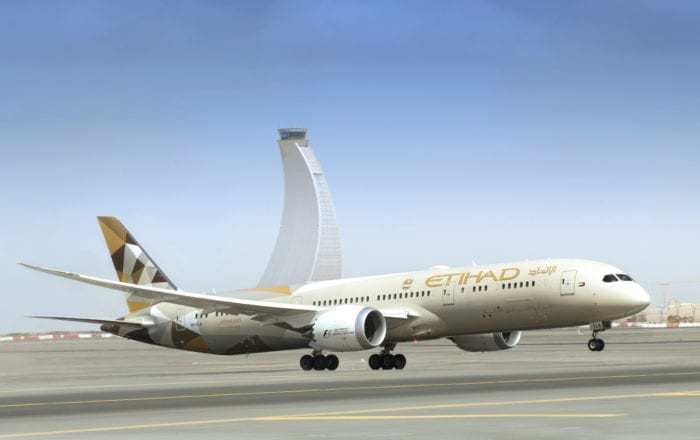An incident was reported in Hong Kong airspace as a Virgin Atlantic Boeing 787-9 descended below its 'minimum safe sector altitude' on approach to landing at Hong Kong International Airport. The occurrence took place last year - October 18th, 2019. Rated as a serious incident, yesterday an investigation was launched into the causes and circumstances of the event by Hong Kong's Air Accident Investigation Authority (AAIA).
“The AAIA investigation team is conducting detailed analysis of the data and information collected in order to determine the circumstances and causes of these occurrences in conjunction with identifying areas for further investigation or lines of inquiry to follow up,” -AAIA spokesperson via DS Daily
What happened?
According to The Aviation Herald, a Virgin Atlantic Boeing 787-9 with registration G-VBOW was performing flight VS-206 from London Heathrow to Hong Kong. Onboard were 235 passengers and 14 crew members.
The flight was on an ILS (instrument landing system) approach to runway 25R at about 15:49 local time. While the autopilot was engaged to conduct the landing, the aircraft reportedly veered to the right, off the localizer, descending below minimum safe sector altitude. The localizer is a system of horizontal guidance in the instrument landing system, used to guide aircraft along the axis of the runway.
Reacting to this, the flight crew disconnected the autoflight system and assumed manual control of the aircraft. It then re-established the aircraft on the localizer, approximately 12nm before the runway threshold. A safe landing was accomplished without further incident.
FlightGlobal reports that weather conditions at the time were good and there was no significant cloud cover.
Not an isolated incident
Interestingly, this is not an isolated incident as a number of similar occurrences have taken place within a short period of time. They include the following:
- September 29th, 2019: A Virgin Atlantic 787-9 at Hong Kong on deviated from localizer and descended below minimum safe altitude.
- September 7th, 2019: An Etihad 787-9 at Hong Kong veered off localizer and descended below safe height on ILS approach.
- July 18th, 2019: Ethiopian 787-8 experienced a loss of control on ILS approach.
FlightGlobal reports that investigators found both Virgin occurrences, and the prior Etihad incident, to have taken place in the vicinity of a specific waypoint (named RIVER). Even the Ethiopian incident is reported to have occurred after just passing RIVER. This waypoint lies roughly 16nm from the threshold of 25R.
Conclusion
Reading the reports of the incidences and the experience levels of some of the pilots, this does not seem like any kind of human error - especially with a total of four similar incidents happening within the span of four months.
Looking at the data available, the common theme with each incident is that they involved a Boeing 787. Would this have something to do with the navigation and sensor equipment onboard? Perhaps terrain is also a factor. The approach to this runway is known to be more challenging than others as there are nearby mountains. Whatever it is, we'll have to let the AAIA investigation team solve this mystery.
The investigation team will conduct a detailed analysis of the data and information collected to determine the circumstances and causes of this most recent incident. DS Daily reports that the anticipated duration of this investigation could be up to twelve months.
Are there any pilots out there who may have a better idea of the situation and circumstances? Let us know what you think by leaving a comment.




